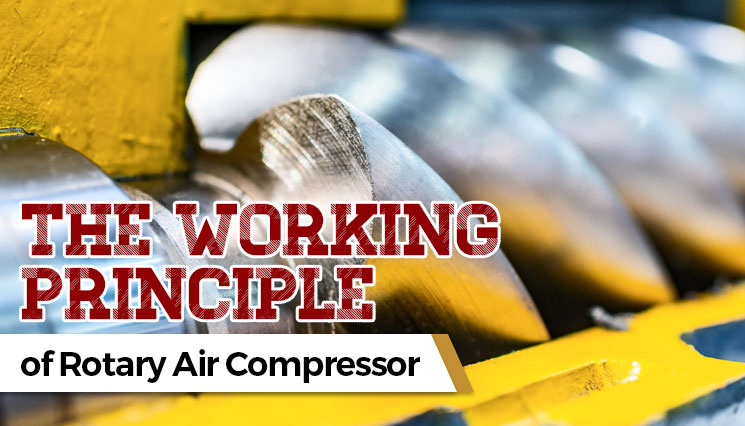Compresstech Resources, Inc is a leading provider of air compressor systems in the Philippines. Having over three decades of global industry experience, we have established a reputation for providing high-quality products and reliable services to clients in many industries.
Our unrivaled expertise has catapulted us to become the largest compressed air systems company in the country, providing sustainable solutions guaranteed to meet your industry requirements.
Although all air compressors perform the same basic function, they can greatly differ based on their size and power supply, among other factors. But, unless you’re not involved in an industrial environment, there’s only one type of air compressors you are probably familiar with and one that you need to know in detail: rotary air compressors.
What are Rotary Air Compressors?
Rotary air compressors are regarded as the workhorses in the industrial marketplace. It is distinguished for its compact size, high output volume and easy maintenance requirements.
As an industry-grade air compressor, it is built with high-quality components designed to supply a consistent flow of compressed air and run 24/7 even without an interval. Its structure is also what allows it to meet different requirements to further improve performance and energy efficiency.
How Rotary Air Compressor Works
There are several types of rotary air compressors and they are classified based on their stage, cooling method, energy consumption, pressure requirements and whether it is oil-lubricated or oil free. The single stage, oil-injected models are by far the most employed in every industry – and for the purpose of this article, we will be focusing on this type of air compressor.
Compression
The name behind the rotary air compressor is derived from the two counter-rotating screws installed in a chamber called, airend. It works by pulling in air from the environment which travels through a filter to trap any damaging particles and debris.
Once filtered, the air then travels through an inlet valve and into the space between the screws. As the rotors turn, the air also moves along and goes through the other end of the compressor. In the process, the vessel that holds the air gets increasingly smaller, thus increasing the pressure and compressing the air.
This process is continuous to ensure a high-volume, constant stream of compressed air. It also eliminates the chances of pulsing or surging which typically occur with piston compressors.
ALSO READ:Rotary Air Compressors: The Differences Between Lobe, Screw & Vane
Oil-Lubricated Rotary Air Compressors
The compressor lubricant in an oil-injected rotary compressor has five main functions:
- Cleaning
- Cooling
- Lubricating
- Sealing; and
- Protection
Since oil plays a primary role in the process, what is produced in the airend is a mixture of compressed air and oil. But, they are separated typically through mechanical method or centrifugal force. Once separated, the air and oil simultaneously leave the tank.
The air exits the chamber by traveling through a pressure valve or in some cases, a cooler. The valve serves a dual purpose: one is to ensure there is sufficient supply of air pressure for the operation and another is to prevent it from coming back into the system.
The cooler, on the other hand, is used to lower its temperature to 12-20 °F. But, in this cooling process, a water separation stage may be required to remove the vapor that formed inside the cooler.
Meanwhile, the oil that was collected from the tank is transported back to the chamber to be reused. But it must be filtered and cooled first before they are ready to be used again. After these final stages, the compressed air is finally ready for treatment, storage or any purpose it may serve.
Reciprocating Air Compressors from Compresstech
As a provider of air compressor and vacuum products for over 30 years, we have moved along with the advancements in the compressed air technology to provide you with only the most updated solutions to your industry challenges. Contact us today to learn more about your options.
Did you find this article helpful? Let us know by commenting below.

